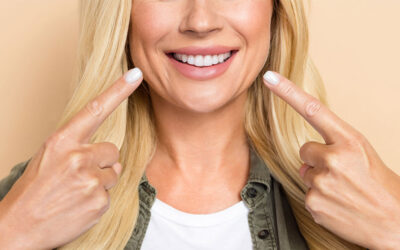Q. I am a new mother. Can you tell me what steps I need to take to ensure that my daughter will have healthy teeth?
A. That is a great question; many people believe that they do not need to begin worrying about their child’s oral hygiene until they have teeth. However, as soon as a baby is born, bacteria begin to live in his or her mouth. It is really best to wipe off your child’s gums after every feeding to keep the number of bacteria as low as possible.
I have found little soft brushes that fit over your finger to be very convenient for this. Once teeth do begin to erupt, they need to be brushed with fluoride-free toothpaste twice daily.
Many children have large spaces between their baby teeth, which lessens the need for flossing – but it is still a good idea. The spaces, by the way, bode well for the eruption of permanent teeth without crowding. Some kids do not have this space; in this case, flossing should begin as soon as possible. I say this as the mother of a 3-year-old who does not have extra space. I have found that flossing aids with plastic handles are much more acceptable to her than my fingers in her mouth.
Once the child is old enough to reliably spit the toothpaste out while brushing, you should begin using fluoridated toothpaste. Also, fluoride rinses, such as ACT Anticavity Fluoride Rinse, can be used after flossing and brushing once your child is old enough to spit. If a child cannot spit, the fluoride could cause a stomach ache. It’s a good idea to “practice” by swishing and spitting with water.
We recommend that kids begin seeing a dentist at 3 years. At this age, we find that we can get them to cooperate without being fearful. Today’s fluoride varnishes can be used at any age and no longer have the terrible taste many parents may remember. Congratulations on your little girl.




